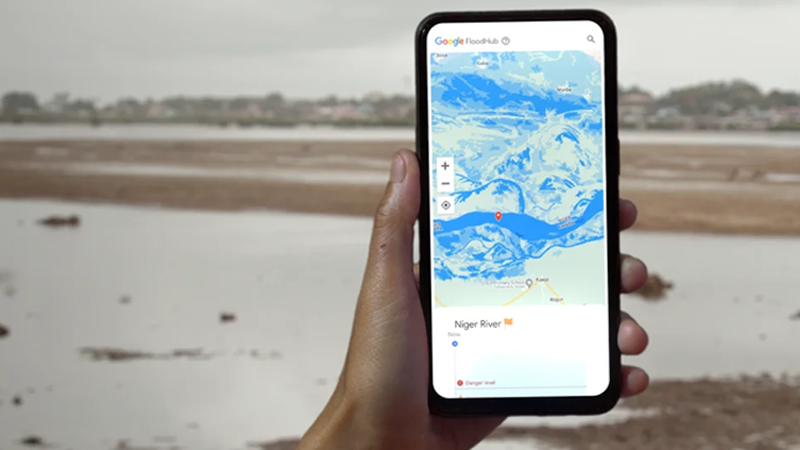Google has expanded its flood forecasting and disaster alert platform Flood Hub to 80 countries which means that it would now cater to 460 million people globally. In the new expansion plan, the tech giant has included 60 new countries from Africa, Asia-Pacific, Europe, South America, and Central America. The platform now features territories that are at the highest risk of floods and weather disasters.
Operation System of Flood Hub
The Flood Hub can be utilised to take swift action against riverine floods and foresee forecasts of up to 7 days in advance. Until last year, users could only see forecasts 48 hours in advance.
Flood Hub is an AI-based system that uses data sources that are publicly available including satellite imagery & forecasts. It works with a combination of two models:
- Hydrologic Model (forecasts the amount of water flow of rivers)
- Inundation Model (predicts the depth of water and which areas are vulnerable)
Google launches first-ever App Growth Lab in Pakistan for aspiring app developers
Increase in floods and birth of Flood Hub
In the past few years, climate change has increased the frequency of floods. More than 250 million people are affected, and over $10 billion in economic loss occurred across the globe.
In view of the requirement for an AI system that could predict floods and provide information about sensitive areas, Google launched Flood Hub in 2018 in India and then expanded it to Bangladesh. By 2022, the system was working in 18 countries.
The platform is not only specific to floods but also provides critical information about wildfires, earthquakes and other natural calamities. Google has also collaborated with multiple organisations to ensure a steadfast offline response network, which included partnerships with the Federation of Red Cross & Red Crescent Societies, the Indian Red Cross Society and the Inclusion Economics team at Yale University.
